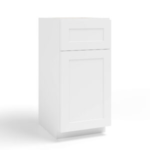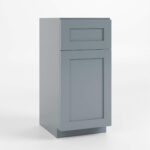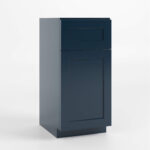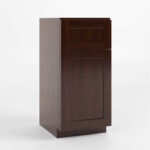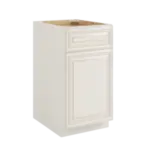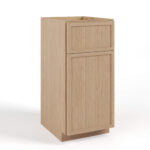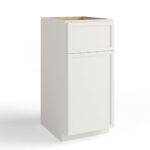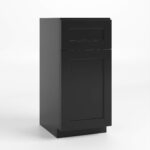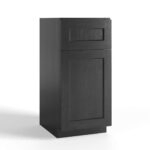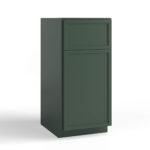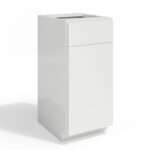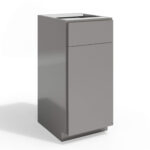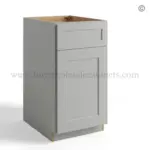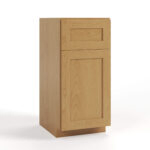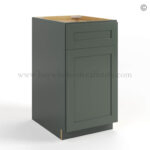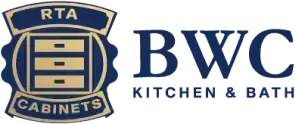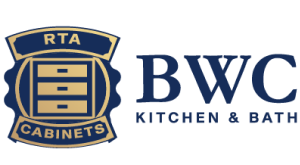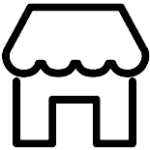Most Common Types of Kitchen Cabinet Materials
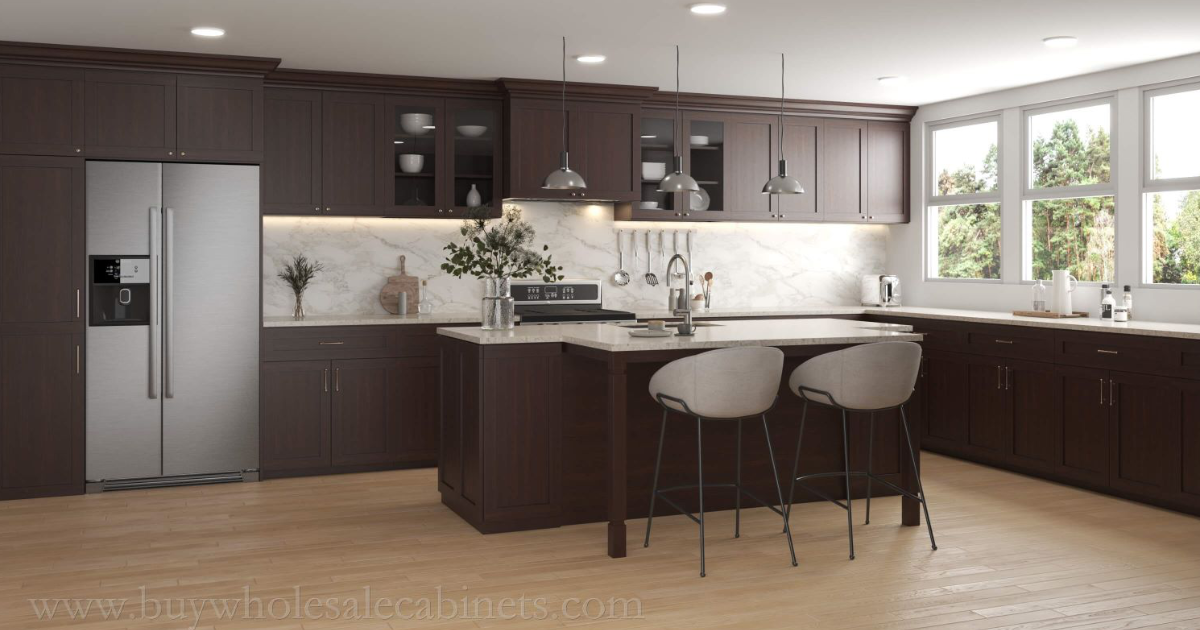
Table of Contents
When homeowners opt for a kitchen remodel, cabinets usually comprise a sizable share of their budget. These fixtures make or break a kitchen’s utility quotient because they must be functional and serve their purpose. Therefore, it is unsurprising that kitchen cabinets are integral installations or replacements. The U.S. residential cabinet market was worth about $37.5 billion in 2023. As homeowners continue to invest in renovations, it is forecasted to reach $51.48 billion by 2029.
Choosing the right materials is paramount if you plan to install new cabinets. Do not take this decision lightly because it will influence durability, maintenance, moisture resistance, and many other factors. Learn about various options through this comprehensive guide and make your kitchen impactful for daily use.
The 11 Most Popular Kitchen Cabinet Materials
Some kitchen cabinet materials are more popular than others, as people have used them over time, shared their opinions, and helped form a consensus. Choosing from the following list of materials can help you make an informed choice.
- Solid Wood
Solid wood kitchen cabinets existed before any other material was available. These are favorites made with natural timber like oak, maple, cherry, walnut, etc. Solid wood can withstand wear and last for decades because it is naturally dense and sturdy. It may contract or expand slightly with humidity over time, but not as much when properly finished or installed.
- Plywood
Plywood is the answer when you need something more substantial than bare boards. This material is made by gluing thin sheets of wood veneer together, each layer placed at a different grain direction. That cross-layering is what gives plywood its strength. Many trust it for cabinet boxes and shelving, as it does not readily warp. While pricier than particleboard, it often pays off in durability.
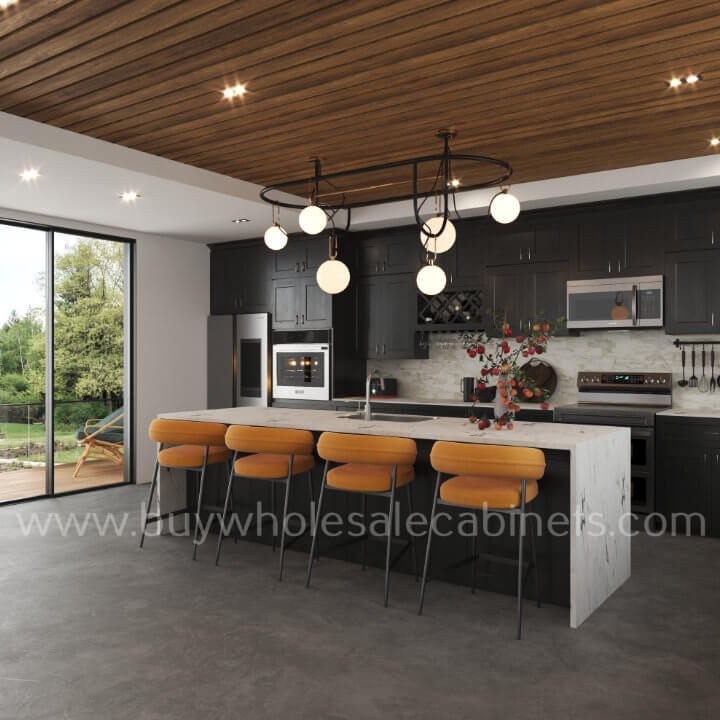
- MDF (Medium Density Fiberboard)
The MDF quickly became a sought-after material as the kitchens developed into the more modern design that you are familiar with today. MDF or Medium Density Fiberboard, is an engineered wood product consisting of wood fibers, wax, and resin that is hot-pressed into sheets. Due to the smooth and consistent surface it provides, it is often (but not always) used with painted surfaces. It lacks the natural grain pattern of lumber and does not expand or contract like solid timber or plywood. However, being an engineered wood product, it is not a waterproof material, so the edges should be sealed properly.
- Particleboard
Particleboard is an affordable option that comes in handy for homeowners looking to save money. It is manufactured from wood chips, sawdust, and resin to make panels of the material. Use particleboard for inexpensive cabinetry or for areas not prone to abuse. Very effective in dry interiors, but less so against moisture and heavy loads, so it requires attention (as all).
- Laminate
Design needed variety and value, and laminate delivered. It has a central medium-density fiberwood or particleboard core clad in a decorative plastic layer. Laminates can copy wood grain or can add vibrant colors. Durability: Laminate cabinets are relatively easy to clean and scratch-resistant, making them somewhat practical for busy households. They are affordable, durable, and stylish.
- Thermofoil
Thermofoil has a very continuous visual appearance. It is manufactured by bonding a flexible vinyl layer to MDF via heat and pressure. The outcome—a wipeable and water-resistant surface. Thermofoil cabinets are a popular choice for modern kitchens. But with time and a stove or dishwasher that runs too hot, edges could peel.
- Veneer
Combine natural looks with affordability, and you have veneer cabinets. It features a thin veneer of natural wood over a substrate material, like plywood or MDF, thus providing a natural wood appearance but without the high cost. Wood veneers provide uniform color and grain, making them appealing to developers who want continuity. You need to take care regularly to reap its benefits.
- Melamine
Melamine gained traction as it provided a good balance of price and strength. It has resin-coated paper-faced particleboard or MDF panels. It has a hard, smooth surface that resists scratches. Melamine is widely used in modern kitchens and the best thing is that they come in many colors and textures. Melamine cabinets are reliable and good for day to day use as long as you take good care of them.
- Stainless Steel
Stainless steel cabinets are known for their modern, industrial appearance. They repel stains, heat, and corrosion, creating a hygienic and long-lasting contribution. Stainless steel works in a professional kitchen or a modern house. The disadvantage is that fingerprints and dents are more visible, and they require constant cleaning to keep the shine.
- Aluminum
Aluminum often appears in minimalist kitchens where clean lines matter most. It appeals to homeowners who want modern, lightweight, and rust-resistant designs because this material safeguards against moisture and does not warp like wood. While highly functional, these cabinets are more expensive than many wood alternatives and can get scratched easily.
- PVC & Plastic
Plastic cabinets, such as PVC, are sometimes considered a standard solution in humid places. They are lightweight, simple to clean, and water resistant. Although higher-quality PVC can last for years, lower-quality PVC might fade or break down due to UV exposure. PVC cabinets can be a budget-friendly and maintenance-free option for secondary kitchens or high-humidity areas.
Different Types of Cabinet Finishes
Besides focusing on the material, you should also consider the finish. It can make an immense difference in how the kitchen cabinets look, feel, and hold up in the long run. Let’s explore the different types of cabinet finishes and their details.
Laminate Finish
- It is produced by applying decorative paper or printed sheets onto a core material like MDF or particleboard and sealing it with a protective layer.
- Offered in a wide range of colors, textures, and wood-grain designs.
- Highly resistant to stains, moisture, and scratches.
- Simple to clean using mild soap and water.
- More affordable than solid wood or veneer finishes.
- If edges are not sealed adequately, it can be prone to chipping or peeling.
Acrylic Finish
- Features a mirror-like characteristic that enhances the light in the kitchen.
- High-gloss sheets of acrylic bonded to MDF or HDF boards.
- It is resistant to moisture, UV rays, and general wear/tear.
- It also lasts quite long if it’s cared for properly.
- Quick to maintain and easy to clean, it typically needs just to dust off with a microfibre cloth.
- Costs more than laminate (higher-end look and quality)
- It is prone to visible fingerprints and smudges, so it will need regular wiping.
Veneer Finish
- Natural wood veneer is a very thin layer of natural wood applied to a substrate like plywood or MDF.
- Maintains the true light and texture of the real wood, although it is cheaper than strong wood itself.
- Provides a naturally warm and classy grain pattern.
- You can, at any time, choose to polish, stain, or refinish it.
- Scratch and dent-prone if not carefully handled
- It extends the time between maintenance for wood surface protection.
Glass Finish
- Achieved by adding glass panels to cabinet doors, often framed in aluminum, wood, or steel.
- Commonly used for display cabinets to showcase dinnerware or decorative pieces.
- Available in clear, frosted, textured, or stained glass options.
- Makes kitchens look more open and spacious by reflecting light.
- Easy to wipe down but prone to visible fingerprints and smudges.
- Fragile compared to solid surfaces; requires careful handling to avoid breakage.
Membrane Finish
- It is also named PVC foil finish and is manufactured by pressing the polymer film under heat and pressure to MDF.
- It is water, heat, and stain resistant, making it ideal for kitchens that see a lot of action.
- Offers a continuous, sleek surface that can appear wood-like or be a solid color.
- Easily cleanable with light cleaning agents.
- Edge sealing, which is beefier than laminate, makes it longer-lasting.
- Sunlight can discolor it if direct sunlight shines on it constantly.
- Unlike laminate, when those surfaces are peeled or damaged, it’s hard to repair, but not impossible.
How to Choose the Right Kitchen Cabinet Material
With all the different choices that are available, you must really understand your needs and considerations.
Based on Your Budget
Plywood is cheaper than solid wood but still has high durability, making it a good choice in the midrange. MDF, particleboard, laminate, and melamine are budget-oriented materials. For a little bit lesser quality, PVC and plastic can help you keep costs down. Metal cabinets, such as stainless steel and aluminum, tend to be high-end.
Based on Durability
Laminate and thermofoil can resist scratches and stains, but may sag or peel in heat. Stainless steel and aluminum are resistant to warping, rust, and moisture. Solid wood and plywood last for decades if they are properly cared for.MDF and veneer are strong in low-moisture areas. Particleboard is the weakest of all, especially when it’s humid or carrying heavy loads.
Based on Kitchen Design Style
If you’re going for classic looks, the most appropriate choice is likely to be solid wood, veneer, or stained plywood. Acrylic, laminate, stainless steel, and glass finishes are suitable for modern kitchens. In minimalist spaces, use melamine or matte aluminum. For industrial-style areas, many people pick stainless steel and/or exposed metal cabinets.
Based on Ease of Cleaning and Maintenance
Laminate and thermofoil, as well as acrylic and PVC are easiest to clean and maintain. But glass finishes are difficult to wipe; stainless steel necessitates polishing for fingerprints. On the other hand, MDF and particleboard call for a special effort in cleaning to avoid water damage. So do solid wood and veneer unless they’re protected against scratches by doing polishing and sealing periodically.
Based on Moisture and Heat Resistance
Those who have a fondness for cooking and have frequent moisture in the kitchen often choose stainless steel, aluminum, melamine, or PVC. They’re all resistant to high moisture levels in the kitchen. Laminate and thermofoil are resistant to moisture, but they could flake off near ovens and dishwashers. Other materials might not be as resistant or become damaged when kept in a constant state of damp for long periods, but they are more durable if sealed.
Conclusion
Different finishes and materials for kitchen cabinets serve different purposes. Understanding them before you remodel a kitchen is therefore necessary if one wants to select the best-suited options. In this matter, the best thing to do is listen to what hired professionals have told you, do thorough research through all means at your disposal, and make rational decisions.
